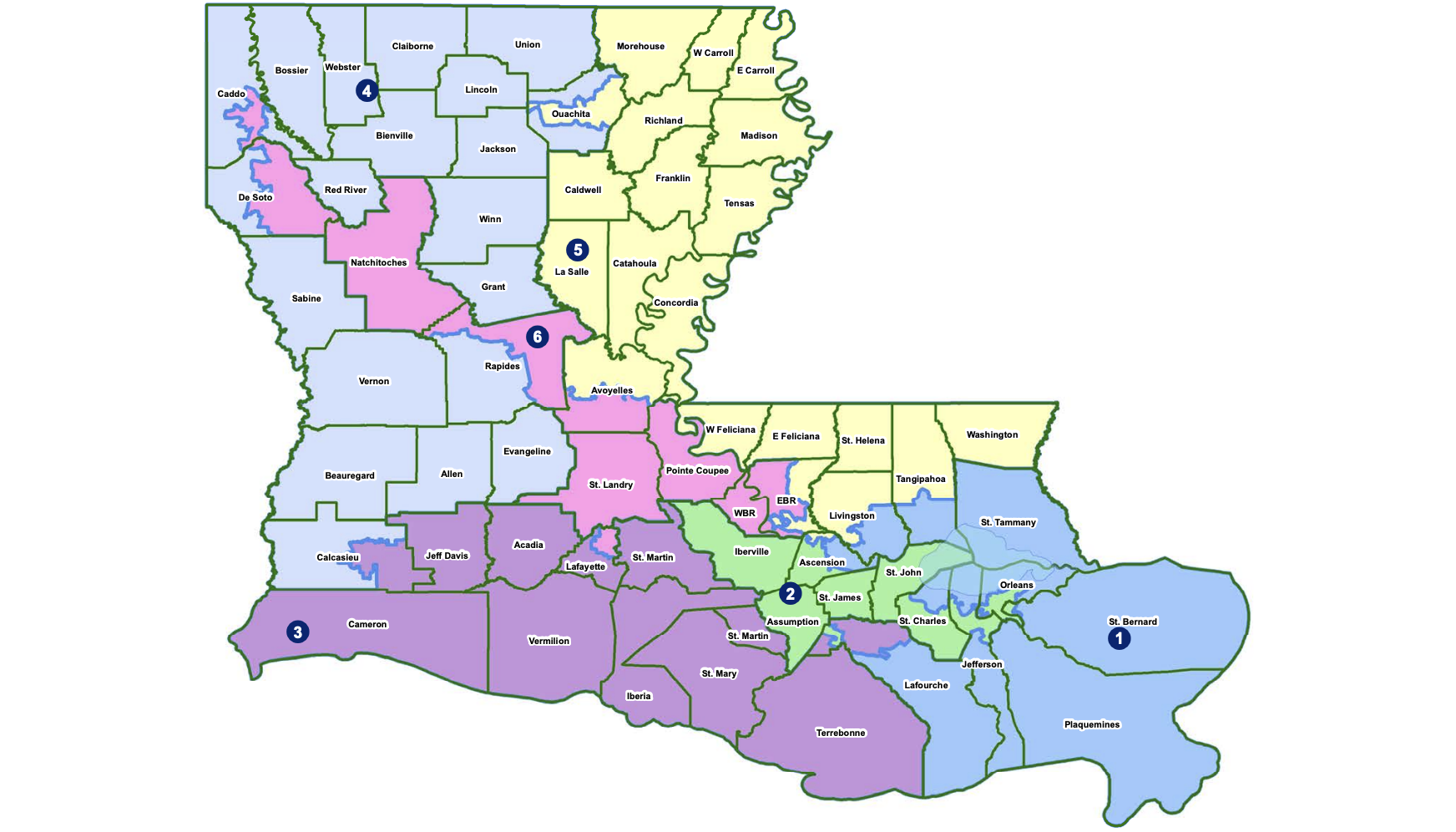
This article was originally published on Washington Examiner - Opinion. You can read the original article HERE

In its reasonable decision to throw out Louisiana’s congressional redistricting plan on Wednesday, a federal judicial panel implicitly highlighted, yet again, the confusing mess both Congress and the Supreme Court have made of redistricting law.
The result remains a mess, but at least it gets rid of districts that are patently absurd.
The back story is convoluted. The Louisiana legislature’s original map after the 2020 census, like the 2010 map that federal courts accepted, contained one district out of six that had a voting population with a black majority. After 2020, though, District Judge Shelly Dick threw it out, contending that it improperly underrepresented Louisiana’s black voters, who make up almost one-third of the state’s population.
The legislature then drew a new plan with a second black-majority district. That district strangely looks like a long, thin, twisted dog’s toy. It nearly bisects another district shaped like a rectangular, downward-angling Pac-Man who can’t quite close his jaws. The dog’s-toy district stretches some 250 miles, snatching tiny black enclaves along the way. This is as if a black person living in Catholic-Cajun areas in suburban Lafayette has more in common with a black person in rural, Bible-Belt DeSoto Parish or with black residents of urban Baton Rouge than with his Cajun neighbors. (A parish is the Louisiana equivalent of a county in other states.)
Today, a special three-judge review panel threw out the new map, saying it was unacceptably gerrymandered based on race.
For decades, courts have ruled, with good reason, that district shapes should be reasonably compact and contiguous, except to take account of geographical features such as rivers or mountain ranges, and that districts, where possible, should not divide natural “communities of interest” such as common cultural heritage or shared economic bases.
Two judges on the panel wrote that the dog’s-toy district violated all those guidelines. They said its shape is “awkward and bizarre,” that it shows “uniquely poor compactness,” that its contiguity is “tenuous,” and that economically and culturally its residents’ interests “more often conflict than harmonize.” Furthermore, “Nor does [the plan] take into account natural boundaries such as the Atchafalaya Basin, the Mississippi River, or the Red River.”
Again and again, legislators who crafted this bizarrity said the racial composition of the district was “the predominate factor” or “fundamental tenet” they considered because they interpreted Dick’s order to require as much.
Therein lies the problem. Today’s judicial panel wrote that the Equal Protection Clause of the Constitution’s 14th Amendment has been rightly interpreted to forbid, in most but not all circumstances, any district lines “grounded predominately in race.” Yet the Supreme Court has interpreted Section 2 of the Voting Rights Act to favor the creation of districts that give minorities the “opportunity” to elect their “candidates of choice,” which the court essentially means of their own race.
In other words, race should be taken into account, but only with a nudge and a wink, because race must not be taken into account — except when the shifting sensibilities of shifting coalitions of judges and justices say race is a crucial consideration after all. Then again, the courts are at least somewhat in line with Congress’ Voting Rights Act language that on one hand says voting results by race, called “protected class,” is a “circumstance which may be considered” but simultaneously that “nothing in this section establishes a right to have members of a protected class elected in numbers equal to their proportion in the population.”
So, race-based proportionality may be valid, but it’s not a right, and by the Equal Protection Clause it isn’t allowed. Go figure.
Now it’s unclear what Louisiana is supposed to do. The judges have set a hearing on May 6 to figure out the next steps. Legislators say there’s no time before the mandatory end of their session to pass yet another plan. It’s not clear if the court has time or resources to have a “special master” draw a temporary plan for the 2024 elections. Defenders of the plan that was just thrown out may appeal today’s decision. A court-drawn plan might catalyze more appeals.
CLICK HERE TO READ MORE FROM THE WASHINGTON EXAMINER
And this is the sort of thing that occurs in state after state, redistricting cycle after cycle, because the Supreme Court and Congress both repeatedly send mixed signals.
It’s time for the Supreme Court to get it right: Racial factors should not play into redistricting decisions. The Constitution is colorblind. Period.
This article was originally published by Washington Examiner - Opinion. We only curate news from sources that align with the core values of our intended conservative audience. If you like the news you read here we encourage you to utilize the original sources for even more great news and opinions you can trust!










Comments